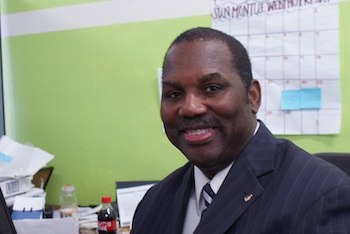
A shocking amount of sunlight permeates the “Mike Davis for City Council” campaign signs that paper the front windows of his campaign headquarters. Inside, precinct maps and outreach goals accent lime green and bright orange walls. Six volunteers sit at two temporary tables, munching on pizza and tacos and shuffling call sheets. [Read more…]









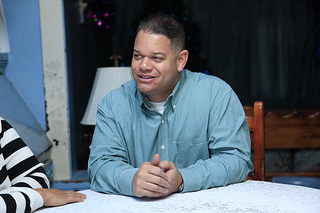 Photo provided by David Roberts campaign.
Photo provided by David Roberts campaign.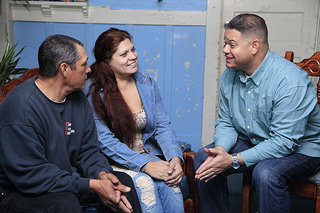 Photo provided by David Roberts campaign.
Photo provided by David Roberts campaign.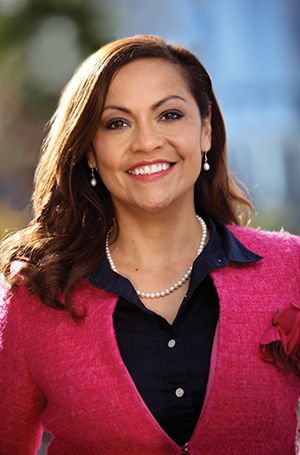 Photo courtesy of Ana Cubas campaign
Photo courtesy of Ana Cubas campaign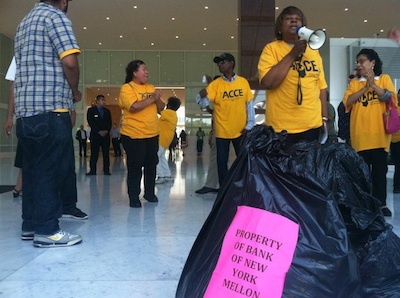 South LA residents determined to hold big banks accountable for cleaning up local communities, delivered trash from a vacant foreclosed home to BNY Mellon, one of LA’s largest holders of foreclosed properties. The action was held ahead of the LA City Council’s scheduled vote on amendments to improve enforcement of city’s blight ordinance.
South LA residents determined to hold big banks accountable for cleaning up local communities, delivered trash from a vacant foreclosed home to BNY Mellon, one of LA’s largest holders of foreclosed properties. The action was held ahead of the LA City Council’s scheduled vote on amendments to improve enforcement of city’s blight ordinance. 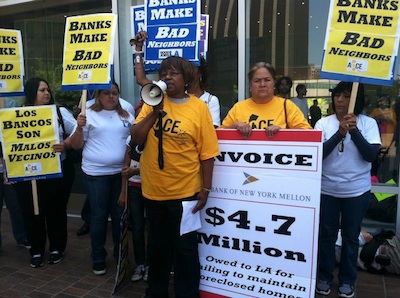 LA has a blight ordinance that allows the city to collect $1,000 a day from banks that do not maintain their foreclosed homes. To date, LA has failed to collect a single dime from banks violating the law – a lost opportunity to hold irresponsible banks accountable and collect money to rebuild our neighborhoods.
LA has a blight ordinance that allows the city to collect $1,000 a day from banks that do not maintain their foreclosed homes. To date, LA has failed to collect a single dime from banks violating the law – a lost opportunity to hold irresponsible banks accountable and collect money to rebuild our neighborhoods.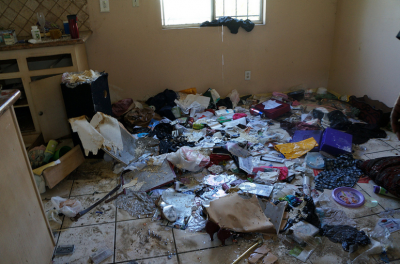 Activists collected trash from a home in dangerous disrepair on Wilmington Avenue in the Watts area and delivered three full bags to BNY Mellon’s lobby.
Activists collected trash from a home in dangerous disrepair on Wilmington Avenue in the Watts area and delivered three full bags to BNY Mellon’s lobby.  Recently, in a class discussion about youth not having a voice at school, my students gave me an earful about racially disparate discipline policies. They pointed to a culture of disrespect that they believe marginalizes and disfavors outspoken African American students. For many, this culture is rooted in a policing regime that kicks in before they even get to school, buttressed by criminalizing truancy policies that disproportionately target black and Latino youth.
Recently, in a class discussion about youth not having a voice at school, my students gave me an earful about racially disparate discipline policies. They pointed to a culture of disrespect that they believe marginalizes and disfavors outspoken African American students. For many, this culture is rooted in a policing regime that kicks in before they even get to school, buttressed by criminalizing truancy policies that disproportionately target black and Latino youth. 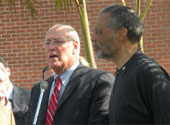 A commission appointed by the LA City Council prepared the redrawn maps to account for population changes since the last census. But the changes have outraged some councilpeople.
A commission appointed by the LA City Council prepared the redrawn maps to account for population changes since the last census. But the changes have outraged some councilpeople.




